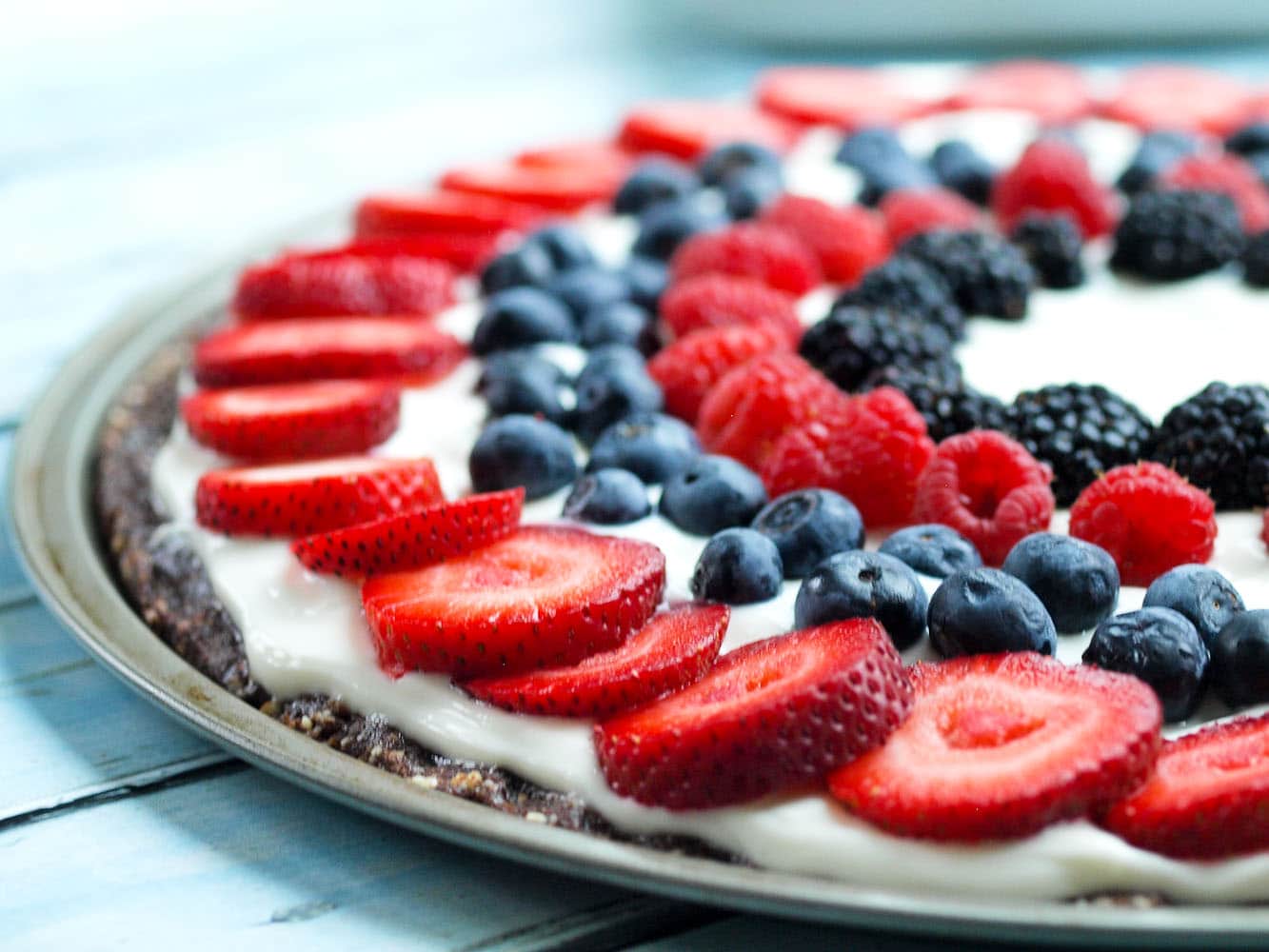Almost all of us know and agree to a point that
Junk food is unhealthy. We also know that poor nutrition is included as a major risk factor for many heart conditions, such as high blood pressure.
But the question is,
 |
| why do we still keep eating it? |
Well, according to the food scientist Steven Witherly, who has been studying about certain food addictions for about 20 years, there is an answer to this question-
when you eat tasty food, there are two factors that make the experience pleasurable.
First, there is the
sensation of eating the food. This includes what it tastes like (salty, sweet,etc.), what it smells like, and how it feels in your mouth. This last quality -- known as
"orosensation" -- can be particularly important. Food companies will spend millions of dollars to discover the most satisfying level of crunch in a potato chip. Their scientists will test for the perfect amount of fizzle in a soda. These factors all combine to create the sensation that your brain associates with a particular food or drink.
The second factor is the
actual macronutrient makeup of the food -- the blend of proteins, fats, and carbohydrates that it contains. In the case of junk food, food manufacturers are looking for a perfect combination of salt, sugar, and fat that excites your brain and gets you coming back for more.
Here's how they do it...
How Science Creates Cravings
There are a range of factors that scientists and food manufacturers use to make food more addictive.
Dynamic contrast. Dynamic contrast refers to a combination of different sensations in the same food. In the words of Witherly, foods with dynamic contrast have an edible shell that goes crunch followed by something soft or creamy and full of taste-active compounds. This rule applies to a variety of our favorite food structures -- the caramelized top of a creme brulee, a slice of pizza, or an Oreo cookie -- the brain finds crunching through something like this very novel and thrilling.
Salivary response. Salivation is part of the experience of eating food, and the more that a food causes you to salivate, the more it will swim throughout your mouth and cover your taste buds. For example, emulsified foods like butter, chocolate, salad dressing, ice cream, and mayonnaise promote a salivary response that helps to lather your taste buds with goodness. This is one reason why many people enjoy foods that have sauces or glazes on them. The result is that foods that promote salivation do a happy little tap dance on your brain and taste better than ones that don't.
Rapid food meltdown and vanishing caloric density. Foods that rapidly vanish or
"melt in your mouth" signal to your brain that you're not eating as much as you actually are. In other words, these foods literally tell your brain that you're not full, even though you're eating a lot of calories.
The result: You tend to overeat.
Sensory specific response. Your brain likes variety. When it comes to food, if you experience the same taste over and over again, then you start to get less pleasure from it. In other words, the sensitivity of that specific sensor will decrease over time. This can happen in just minutes.
Junk foods, however, are designed to avoid this sensory specific response. They provide enough taste to be interesting (your brain doesn't get tired of eating them), but it's not so stimulating that your sensory response is dulled. This is why you can swallow an entire bag of potato chips and still be ready to eat another. To your brain, the crunch and sensation of eating Doritos is novel and interesting every time.
Calorie density. Junk foods are designed to convince your brain that it is getting nutrition, but to not fill you up. Receptors in your mouth and stomach tell your brain about the mixture of proteins, fats, carbohydrates in a particular food, and how filling that food is for your body. Junk food provides just enough calories that your brain says, "Yes, this will give you some energy," but not so many calories that you think, "That's enough, I'm full." The result is that you crave the food to begin with, but it takes quite some time to feel full from it.
Memories of past eating experiences. This is where the
psychobiology of junk food really works against you. When you eat something tasty (say, a bag of potato chips), your brain registers that feeling. The next time you see that food, smell that food, or even read about that food, your brain starts to trigger the memories and responses that came when you ate it. These memories can actually cause physical responses like salivation and create the
"mouth-watering" craving that you get when thinking about your favorite foods.
See also :
How to Kick the Junk Food Habit and Eat Healthy



















.jpg)